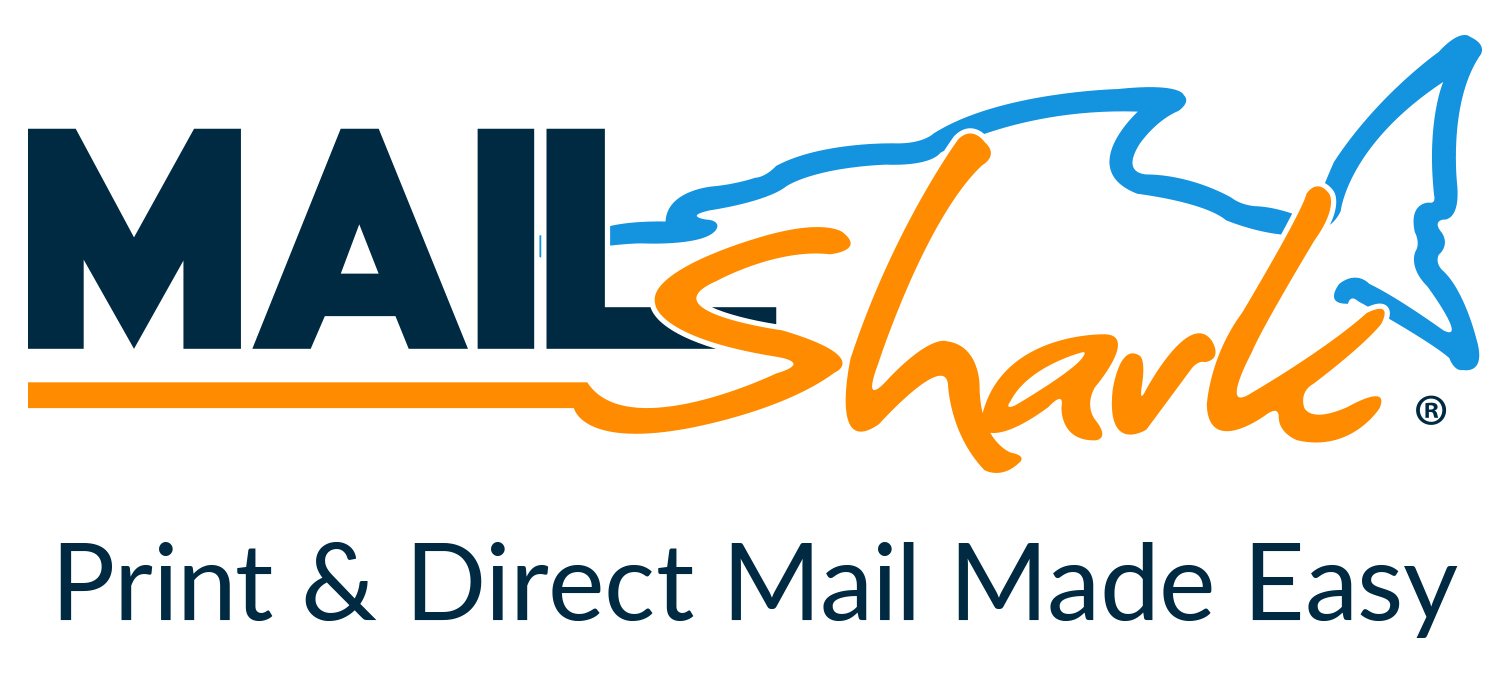Prof. Cipolla’s theory on stupidity
-
Have you checked out Joe's Latest Blog?
-
By Joe Marconi in Joe's Blog5 commentsI recently spoke with a friend of mine who owns a large general repair shop in the Midwest. His father founded the business in 1975. He was telling me that although he’s busy, he’s also very frustrated. When I probed him more about his frustrations, he said that it’s hard to find qualified technicians. My friend employs four technicians and is looking to hire two more. I then asked him, “How long does a technician last working for you.” He looked puzzled and replied, “I never really thought about that, but I can tell that except for one tech, most technicians don’t last working for me longer than a few years.”
Judging from personal experience as a shop owner and from what I know about the auto repair industry, I can tell you that other than a few exceptions, the turnover rate for technicians in our industry is too high. This makes me think, do we have a technician shortage or a retention problem? Have we done the best we can over the decades to provide great pay plans, benefits packages, great work environments, and the right culture to ensure that the techs we have stay with us?
Finding and hiring qualified automotive technicians is not a new phenomenon. This problem has been around for as long as I can remember. While we do need to attract people to our industry and provide the necessary training and mentorship, we also need to focus on retention. Having a revolving door and needing to hire techs every few years or so costs your company money. Big money! And that revolving door may be a sign of an even bigger issue: poor leadership, and poor employee management skills.
Here’s one more thing to consider, for the most part, technicians don’t leave one job to start a new career, they leave one shop as a technician to become a technician at another shop. The reasons why they leave can be debated, but there is one fact that we cannot deny, people don’t quit the company they work for, they usually leave because of the boss or manager they work for.
Put yourselves in the shoes of your employees. Do you have a workplace that communicates, “We appreciate you and want you to stay!”
-
-
Similar Topics
-
By carmcapriotto
Recorded Live at AAPEX 2023, Greg Bunch and Matt Fanslow discuss the impact of the current economy on the automotive aftermarket industry. They explore various aspects of business such as margins, marketing, training, hiring, labor rates. The conversation also covers the potential loss of independent repair shops, and the need for better communication with customers. Greg Bunch, Aspen Auto Clinic, Transformers Institute. Listen to Greg’s previous episodes HERE. Matt Fanslow, Riverside Automotive, Red Wing, MN, Diagnosing the Aftermarket A to Z Podcast
Show Notes:
The state of the economy and its impact on the automotive aftermarket industry (00:00:01) Discussion about the current state of the economy, including worldwide conflicts, division, interest rates, and inflation, and how it may affect the automotive aftermarket industry. The importance of customer loyalty and salesmanship (00:03:51) Exploration of the significance of customer loyalty and salesmanship in retaining customers and attracting new ones, with a focus on providing a frictionless experience. Improving business operations and paying attention to every area (00:05:52) Discussion on the need to run automotive businesses more efficiently, including honing sales skills, improving phone skills, enhancing customer service, and reducing friction in customer interactions. The customer journey (00:09:50) Discussion about the concept of a customer journey and its importance in the automotive repair industry. Engineering touchpoints (00:11:41) The importance of considering and engineering each touchpoint of the customer journey to create positive feelings and experiences for the customer. The Bear TV show (00:16:07) A discussion about the TV show "The Bear" and its relevance to the automotive repair industry, particularly in relation to providing the best customer experience. The importance of customer experience and communication (00:19:25) Discussion on the significance of providing a frictionless experience for customers and improving communication in auto repair shops. The impact on 'mom and pop' shops (00:33:17) Discussion about the challenges faced by smaller independent repair shops in keeping up with technology and training. The misconception about dealerships and independent shops (00:35:46) Exploration of the false narrative that dealerships are better equipped to handle newer cars, while independent shops are only suitable for older vehicles. The future of shops and the role of technology (00:39:45) Debate on the potential impact of technology, such as remote programming and diagnostic tools, on the survival and success of automotive repair shops. The challenges of the current economy (00:42:20) Discussion about the impact of the economy on the automotive aftermarket industry and the challenges faced by businesses. Thanks to our Partners Shop-Ware and Delphi Technologies Shop-Ware: More Time. More Profit. Shop-Ware Shop Management https://getshopware.com/ Delphi Technologies: Keeping current on the latest vehicle systems and how to repair them is a must for today’s technicians. http://DelphiAftermarket.com Connect with the Podcast -Follow on Facebook: https://www.facebook.com/RemarkableResultsRadioPodcast/ -Follow on LinkedIn: https://www.linkedin.com/in/carmcapriotto/ -Follow on Instagram: https://www.instagram.com/remarkableresultsradiopodcast/ -Follow on Twitter: https://twitter.com/RResultsBiz -Join our Insider List: https://remarkableresults.biz/insider -All books mentioned on our podcasts: https://remarkableresults.biz/books -Our Classroom page for personal or team learning: https://remarkableresults.biz/classroom -Buy Me a Coffee: https://www.buymeacoffee.com/carm -The Aftermarket Radio Network: https://aftermarketradionetwork.com -Special episode collections: https://remarkableresults.biz/collections
Click to go to the Podcast on Remarkable Results Radio
-
By carmcapriotto
A new build in 4 months? How did Bill DeBoer do it?! When his father suggested knocking down an office building and building a shop in its place, Bill didn't hesitate. He took charge of the project, handled the financing, and oversaw the construction. This podcast episode is filled with insights on fleet management, business strategies, and the importance of having a reliable network of professionals. Bill DeBoer, DeBoer’s Auto Sales & Service. Listen to Bill’s podcast episodes HERE.
Watch Full Video Episode “Profitable Fleet Management for Small and Medium Businesses” Bill Deboer [RR 831] freefleetbook.com (00:00:42) Building Bill's Dream: A Look into the Construction (00:01:17) From Office to Shop: The Decision to Knock Down and Rebuild (00:06:24) Expanding Horizons: Opening a Satellite Shop for Increased Capacity (00:08:02) Growing Pains: Weighing the Options of Expanding or Relocating (00:08:42) Planning Ahead: Long-Term Strategies for Business Owners in Their Sunset Years (00:12:48) Time Flies: A Fascinating Time-Lapse of the Construction Process (00:15:20) Designing Success: Layout Plans for the New Auto Sales and Service Business (00:16:49) Securing the Future: Financing the Project and Converting to a Conventional Mortgage (00:18:05) Giving Back: Fundraising for Benny's Bodega, a Community Organization Helping Those in Need Thanks to our Partner, Dorman Products. Dorman gives people greater freedom to fix vehicles by constantly developing new repair solutions that put owners and technicians first. Take the Dorman Virtual Tour at www.DormanProducts.com/Tour
Connect with the Podcast:
-Join our Insider List: https://remarkableresults.biz/insider
-All books mentioned on our podcasts: https://remarkableresults.biz/books
-Our Classroom page for personal or team learning: https://remarkableresults.biz/classroom
-Buy Me a Coffee: https://www.buymeacoffee.com/carm
-The Aftermarket Radio Network: https://aftermarketradionetwork.com
-Special episode collections: https://remarkableresults.biz/collections
Click to go to the Podcast on Remarkable Results Radio
-
By carmcapriotto
The podcast episode features a Rad Air Complete Car Care facility tour in Strongsville, Ohio. Carm speaks with Mike Munger, the location's franchisee, and the franchisor Andy Fiffick. We discuss the design of the facility, the number of bays and technicians, and the types of services offered.
They also mention the company's reputation for being able to fix cars that other shops cannot. The conversation shifts to the importance of building a strong company culture, providing employees with a shower and a full kitchen. They also tour the service advisor area and office, discussing the shop's busy schedule and the various seasons that bring in different types of business. The episode highlights the importance of staying up-to-date and providing excellent customer service in the automotive industry.
Watch Full Video Episode HERE Designing the Facility (00:00:17) The design of the facility, including the number of bays and technicians, and how they designed the facility from the ground up. Fixing Cars that Other Shops Cannot (00:05:03) How their company has carved out a niche in the community by fixing cars that other shops cannot and how they have a reputation for being able to fix any car. Franchise history (00:06:47) The history of Rad Air Complete Car Care and how it became a franchisor. Employee culture (00:10:27) The importance of treating employees like family and providing them with amenities such as showers and a kitchen. Booking Schedule (00:12:59) Mike Munger mentions that they are generally booked a week out, but currently only a couple of days due to the slower season. Seasonal Business (00:13:20) The three busy cycles of the business: winter, driving season, and summer. They also mention that they have not had a winter or spring yet, which affects their business. Evolution of Business Model (00:17:07) How their business model evolved from being a radiator and air conditioning shop to a complete car care service, adding tires, hybrids, and EVs to their services. They also mention how they had to pivot to stay relevant in the market. Thanks to our Partner, Dorman Products. Dorman gives people greater freedom to fix vehicles by constantly developing new repair solutions that put owners and technicians first. Take the Dorman Virtual Tour at www.DormanProducts.com/Tour
Connect with the Podcast:
-Join our Insider List: https://remarkableresults.biz/insider
-All books mentioned on our podcasts: https://remarkableresults.biz/books
-Our Classroom page for personal or team learning: https://remarkableresults.biz/classroom
-Buy Me a Coffee: https://www.buymeacoffee.com/carm
-The Aftermarket Radio Network: https://aftermarketradionetwork.com
-Special episode collections: https://remarkableresults.biz/collections
Click to go to the Podcast on Remarkable Results Radio
-
By Hands On
Tekmetric re-designed the appearance and I can not stand it. I refuse to pay $399 a month for software that gives me a headache to look at. Anyone have a good alternative to tekmetric with all the same functionality that either has a tiered pricing schedule that makes sense for smaller shops, or is less then $399 a month, or looks like tekmetric used to and costs about the same?
The only integrations I use from tekmetric are parts ordering and the built in labor catalog, I do not use any of the marketing features so those are not important to me.

-
By carmcapriotto
What does the future look like for the automotive industry? Listen to the perspectives of Jennifer Maher, Executive Director of the TechForce Foundation, Derek Kaufman, Managing Partner at Schwartz Advisors, Matt Fanslow, Lead Diagnostician and Shop Manager at Riverside Automotive, and Dustin Brown, Shop Owner of Brown Auto Experts with 3 locations. We have an open discussion about future trends, aftermarket challenges, and electric vehicles.
Jennifer Maher, Executive Director, TechForce Foundation, Jennifer's previous episodes HERE Derek Kaufman, Managing Partner, Schwartz Advisors, President of C3 Network. Listen to Derek’s previous episodes HERE. Matt Fanslow, lead diagnostician and shop manager, Riverside Automotive, Red Wing, MN. Matt’s previous episodes HERE Dustin Brown, Brown Auto Experts, 3 Locations in New Mexico, Albuquerque, Village of Los Ranchos and Rio Rancho. Listen to Dustin’s other episodes HERE
Show Notes:
Today's BEV headlines may be "over the top" in terms of the pace of BEV adoption, but the VIO will definitively change over time – we are forecasting the VIO at 7.3% BEV in 2030, 26.5% in 2040 and 51.2% in 2050 We know that people are talking about 60 and even 70% reductions in BEV maintenance versus ICE cars, and that may be true – but the true lifetime service of BEVs has more to do with major part failures than it does maintenance. Motors, power modules and other BEV components will fail and the aftermarket will be ready to service them. BEVs will generate new under-car and cooling system service opportunities – they are heavier and have higher torque, so suspensions, half shafts, and steering gear will see more wear than ICE cars. Cooling systems will be much more sophisticated with multi-directional and intelligent valves, PTC and Heat Pump heaters, multiple radiators, and many more fluid connectors. Multi Shop Owner- consistency of service Technology not only makes things more complex, in many cases, but that complexity is usually in the background. Technology also makes things easier. Not just vehicle technology itself, but tools and equipment technology. The technology is here for a 100% automated tire changing system, but it is cost prohibitive for many/most. It won't remain so, and if it isn't 100% automated, you'll just need someone to take the wheel off and roll it to the machine, the machine will replace the tire, maybe test the TPMS sensor, and then mount the new tire and balance it. The human will be little more than an assistant. Technology may make vehicles, as it has already done, even more reliable, but also change how we service them. The following are already expected by most but will soon be expected by all due to the cost of repairs. Top Notch Facilities, clean and professional appearance inside and out. Top customer service experience. Professionalism from all areas of the business. Tools, equipment, digital inspections, customer education materials Diversity in the workforce- including more women and the younger generation, puzzle solving Variety of vehicles in the next 30 years New jobs- power stations, power grids, safety on repairs Investors- real estate game (pit stop), autonomous trucks in ‘service center.’ Be malleable and willing to adapt
Connect with the Podcast
Aftermarket Radio Network
Subscribe on YouTube
Visit us on the Web
Follow on Facebook
Become an Insider
Buy me a coffee
Important Books
Check out today's partners:
Shop-Ware: More Time. More Profit. Shop-Ware Shop Management getshopware.com
Delphi Technologies: Keeping current on the latest vehicle systems and how to repair them is a must for today’s technicians. DelphiAftermarket.com
Click to go to the Podcast on Remarkable Results Radio
-
-
-
Our Sponsors




.thumb.jpg.2b345efc275b9df0af2bbb306a10a78a.jpg)













Recommended Posts
Create an account or sign in to comment
You need to be a member in order to leave a comment
Create an account
Sign up for a new account in our community. It's easy!
Register a new accountSign in
Already have an account? Sign in here.
Sign In Now